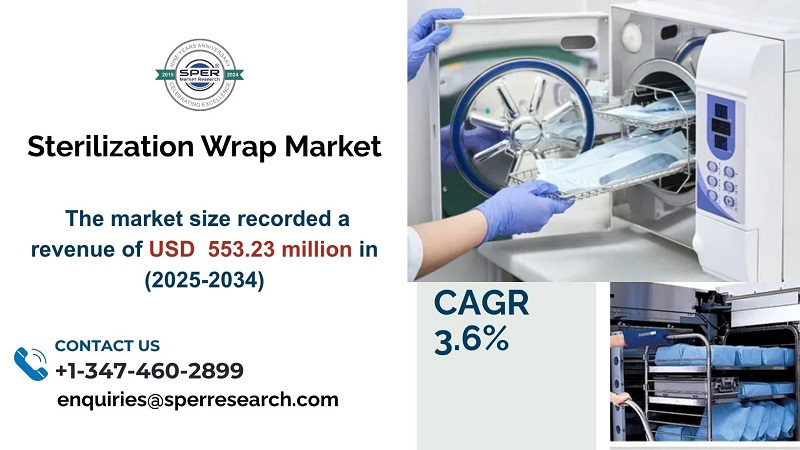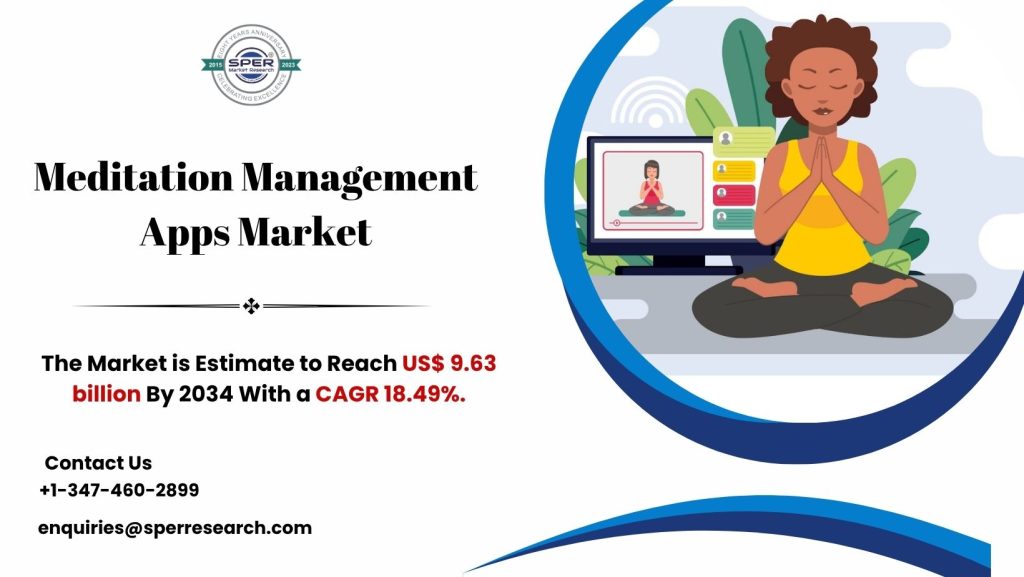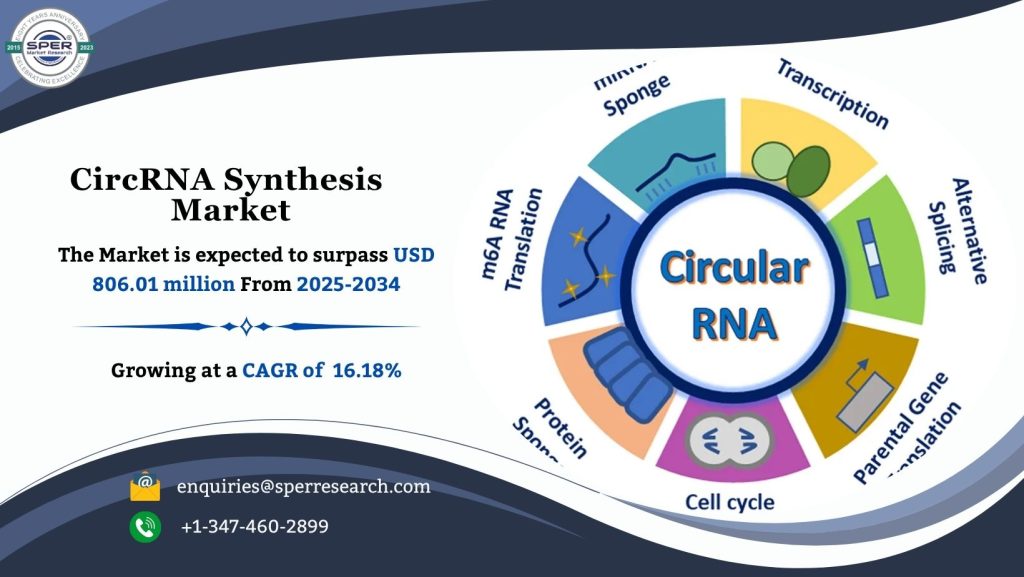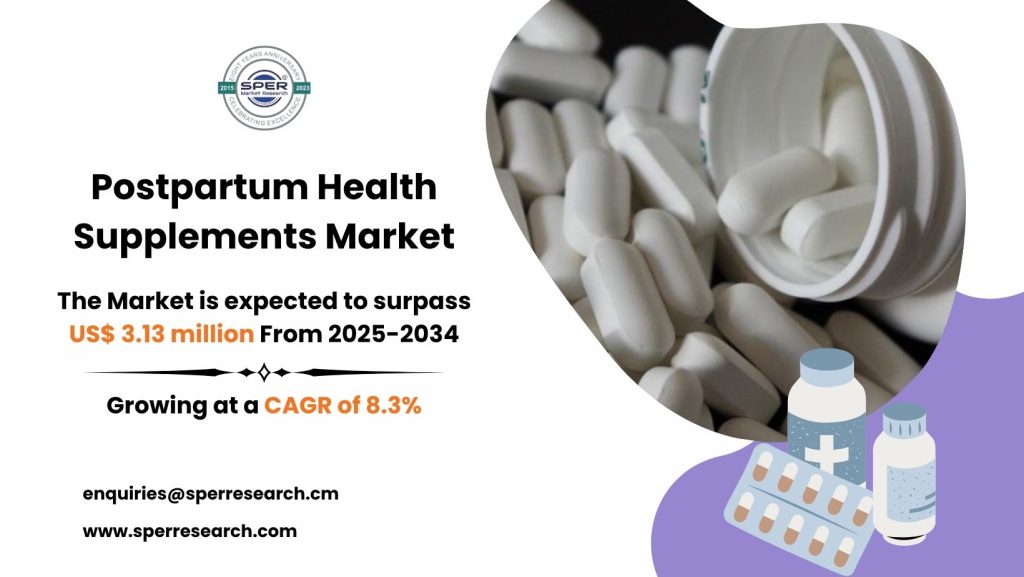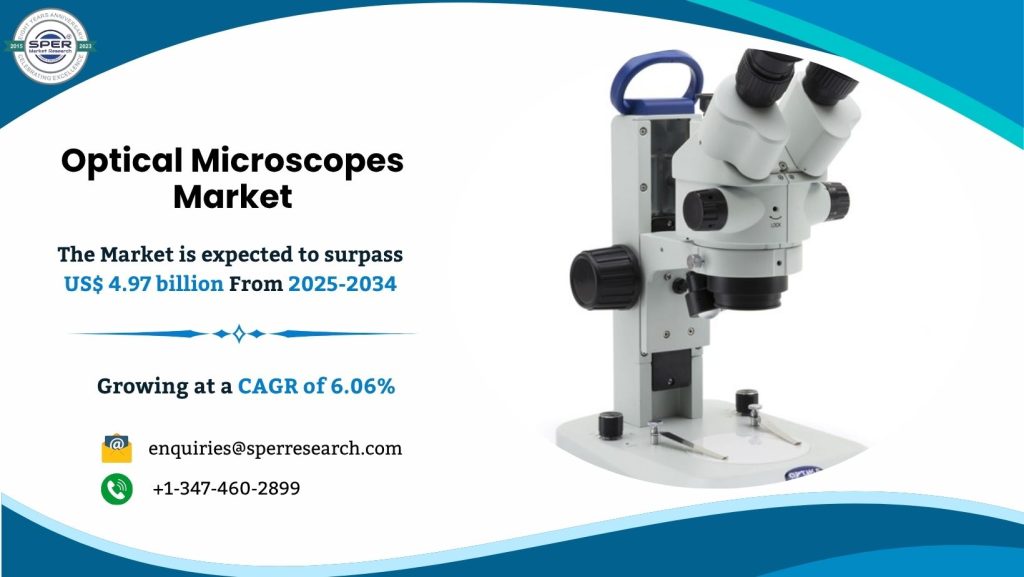Neutropenia is a disease marked by a low white blood cell (WBC) count, which helps the body resist infections. It can be caused by various factors, including infections, chemotherapy, inherited bone marrow issues, autoimmune diseases, and certain medications. Neutrophils, the WBCs involved, are produced in the bone marrow found in larger bones. Treatment for neutropenia often includes antibiotics, antifungals, and antivirals that help fight infections and stimulate the bone marrow to produce more WBCs.
According to SPER market research, ‘Global Neutropenia Treatment Market Size- By Treatment Type, Drug Type, By Route of Administration, By Indication, By Distribution Channel – Regional Outlook, Competitive Strategies and Segment Forecast to 2034’ state that the Global Neutropenia Treatment Market is predicted to reach 23.12 billion by 2034 with a CAGR of 4.33%.
Drivers:
The growing awareness of neutropenia and the side effects of chemotherapy is driving market growth. There is an increasing demand for oral medications in capsule and tablet forms that are easy to administer. Key industry players are sharing important information on prevention, diagnosis, and treatment of neutropenia, further boosting the market. Additionally, knowledge about treatment options is rising among the public. Manufacturers are also working on creating affordable medications and innovative drug delivery methods that improve patient convenience and adherence. An increased supply of febrile neutropenia medications and new laws supporting biosimilars are positively impacting the market. Online retail availability of medications offers affordable and convenient procurement options.
Request a Free Sample Report: https://www.sperresearch.com/report-store/neutropenia-treatment-market?sample=1
Restraints:
High treatment costs: This is a significant challenge. Neutropenia treatments, particularly advanced therapy such as Colony-Stimulating Factors (CSFs), can be rather costly. This high cost may limit access for many patients, particularly in areas with limited healthcare coverage or high out-of-pocket costs. It also has a substantial financial impact on individuals and healthcare systems. North America is expected to have a considerable market share due to factors such as rising cancer incidence, desire for disease-specific treatment, strong healthcare spending, well-established infrastructure, and the presence of prominent industry participants. Furthermore, firms’ increased attention on creating sophisticated and effective medicines for neutropenia treatment, together with rising drug approvals, adds significantly to market expansion. Some of the key market players are Amgen Inc, BeyondSpring Inc, Biocon Biologics Inc, Cellerant Therapeutics, Coherus BioSciences, Inc, and others.
For More Information, refer to below link: –
Neutropenia Treatment Market Share
Related Reports:
Kidney Cancer Drugs Market Growth
Canine Arthritis Treatment Market Growth
Follow Us –
LinkedIn | Instagram | Facebook | Twitter
Contact Us:
Sara Lopes, Business Consultant — USA
SPER Market Research
enquiries@sperresearch.com
+1–347–460–2899

